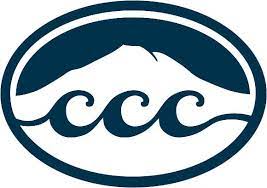Associate in Arts Degree in Geography (Associates)
Kontra Costa College
San Pablo, CA
The Geography Program is part of the History, Anthropology, and Geography (H.A.G.) Department and is committed to the highest possible standards in teaching and facilitating learning in a student-centered environment. Geography is the study of the earth and its land, features, inhabitants, and phenomena from a spatial perspective. Most geographers work in one of two main branches of geography: physical and cultural. Physical geographers examine the physical aspects of a region, including its land forms, climates, soils, vegetation, water, plants, and animals. Cultural geographers analyze the spatial implications of human activities within a given area, including its economic activities, social characteristics and political organization. Geographers are further classified on the basis of their specific focus.
Geographers incorporate many different technologies into their work, such as geographic information systems (GISs), global positioning systems (GPSs), and remote sensing (i.e. air photos and satellite imagery). For example, a geographer may use GIS and GPS to track information on population growth, traffic patterns, environmental hazards, natural resources, and weather patterns, all in digital format. By overlaying remotely sensed aerial or satellite images with GIS data, such as population density, they create computerized maps that can advise governments, businesses and the general public on a variety of issues, including the impact of natural disasters and the development of houses, roads and landfills.
An Associate in Arts Degree may be earned by completing a minimum of 60 units of degree credit coursework, including the major requirements and breadth requirements, with a minimum grade point average of 2.0. Students must complete all courses for the major with a grade of C or better.
Mga Resulta ng Pagkatuto ng Programa:
Ang mga mag-aaral na makakumpleto ng programa ay magagawang:
- Describe how geography looks at the world through spatial patterns.
- Explain why culture is a key component in the development of the human landscape.
- Analyze the concept of region as central concept in geography.
- Critique how people modify the landscape to meet their personal and societal needs.
- Describe how the earth is affected by the sun and moon.
Mga Oportunidad sa Karera:
Geographic information system (GIS) specialist, urban and regional planner (i.e. transportation, environmental, resource and economic development planner), climatologist, cartographer, census analyst surveyor, soil conservationist, demographer, aerial photo interpreter, and agricultural geographer.







